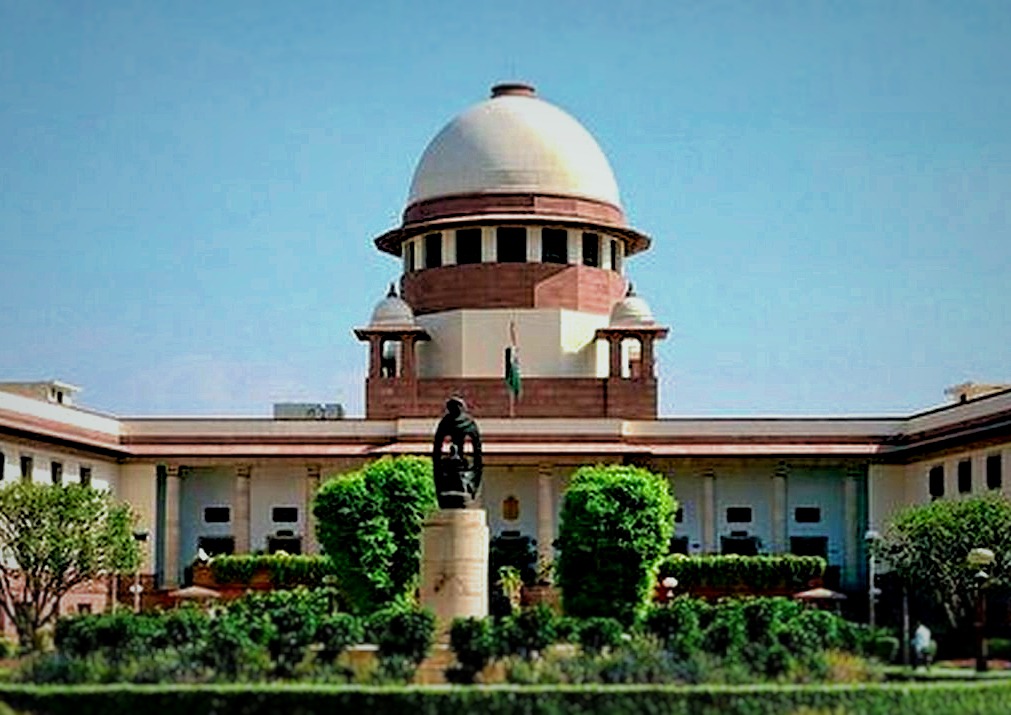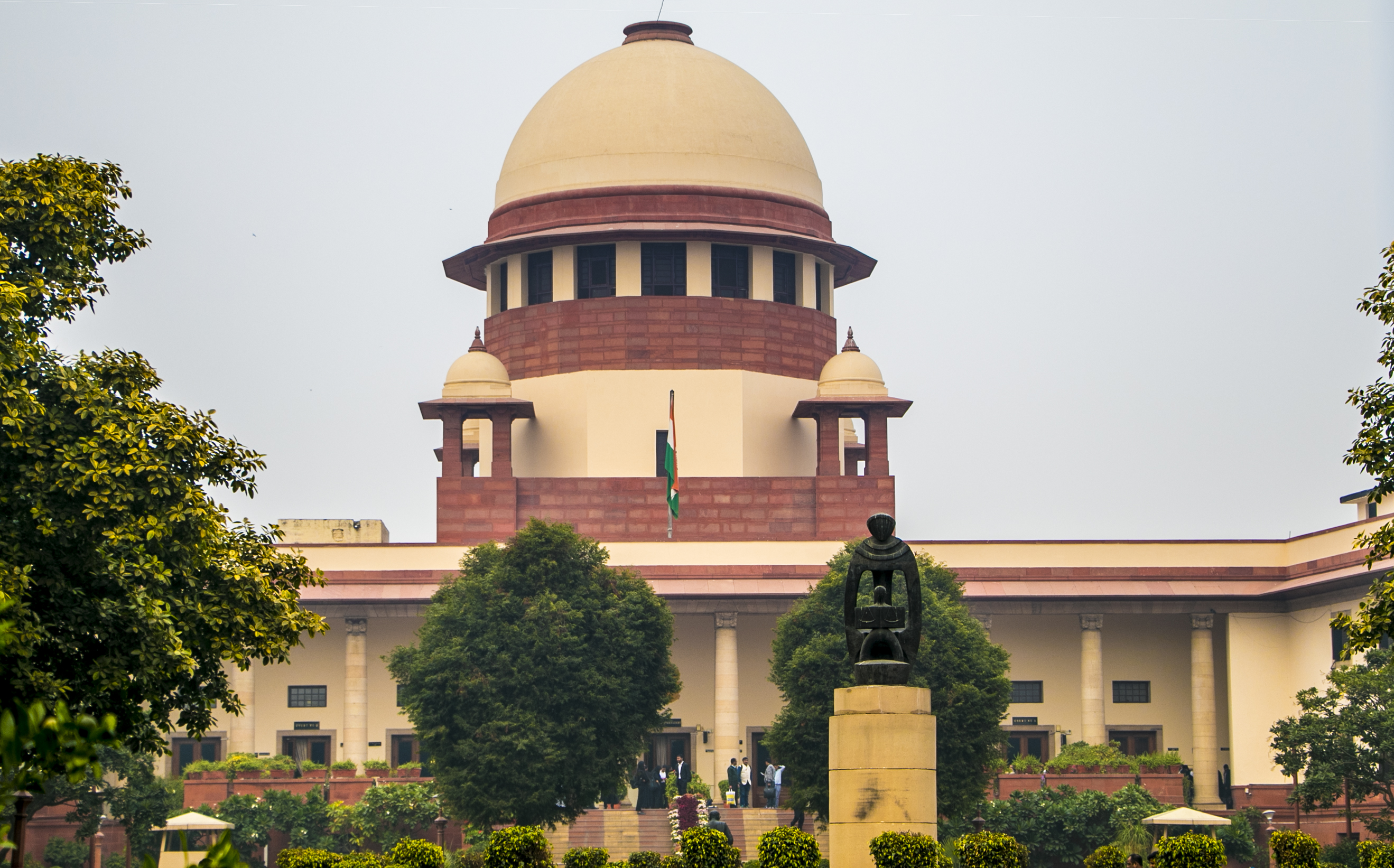In Criminal Appeal No. 1587 of 2008 -SC- Injured eye-witness statements hold significant evidentiary value, minor discrepancies inconsequential: Supreme Court modifies conviction to culpable homicide not amounting to murder
Justice Sanjay Kishan Kaul & Justice Sudhanshu Dhulia [30-10-2023]

Read Order: Birbal Nath V. The State of Rajasthan & Ors
Chahat Varma
New Delhi, November 1, 2023: The Supreme Court has modified the conviction of accused in a murder case, holding them guilty of culpable homicide not amounting to murder instead of murder. The Court also emphasized the importance of the testimony of an injured eyewitness as a significant piece of evidence that should not be easily discarded by a court, even if minor discrepancies exist.
The present appeals arose from the judgment and order passed by the Rajasthan High Court. In this judgment, the accused, who had previously been convicted by the Trial Court for various offenses under the Indian Penal Code (IPC), were acquitted of the major charges under Sections 302 and 307. Instead, they were convicted for the lesser offenses under Sections 147, 148, 323, 324, and 325/149.
In the case at hand, an FIR had been lodged by the complainant, Birbal Nath. The FIR revealed that, while the complainant's uncle, Chandernath, and his aunt, Rami (injured witness), were working in their agricultural field, a group of seven armed men approached the field. All the accused, armed with weapons, initiated an assault on the complainant's aunt and uncle, resulting in severe injuries to both. Tragically, Chandernath passed away while being transported to the hospital. Subsequently, the police initiated an investigation and filed a chargesheet against all the accused. The case was later transferred to the Sessions Court, where charges were framed under various sections of the IPC, including 147, 148, 302, 323/149, 324/149, 325/149, 447, 307/149, against all six accused mentioned in the chargesheet. The Trial Court convicted all the accused under these sections and sentenced them, including imposing rigorous life imprisonment. The accused then filed an appeal before the High Court, leading to a partial allowance of their appeal.
The division bench of Justice Sanjay Kishan Kaul and Justice Sudhanshu Dhulia emphasized that statements given to the police during an investigation under Section 161 are considered ‘previous statements’ under Section 145 of the Indian Evidence Act. These previous statements can be used for the limited purpose of contradicting a witness. However, the mere act of contradicting a witness does not automatically mean that the witness's credibility is entirely discredited. The bench expressed the view that the learned judges of the High Court had erred in this regard.
The bench emphasized that one cannot lose sight of the fact that the witness in question, PW-2 Rami, was an injured eyewitness and the wife of the deceased. Her presence in the agricultural field on the day of the incident was natural. Her statement during examination-in-chief provided details of the incident and the specific roles played by each of the assailants. The bench recognized that this witness, being a woman residing in a village and the wife of a farmer who worked on his land, may exhibit some degree of articulation limitations when testifying in a court of law. The rural setting and the witness's level of articulation were considered relevant factors when evaluating the credibility of her testimony.
The bench referred to the case of Tahsildar Singh v. State of U.P [LQ/SC/1959/95], wherein it was held that to contradict a witness would mean to ‘discredit’ a witness. Therefore, unless the former statement of a witness is capable of ‘discrediting’ that witness, it would have little relevance. A mere variation in the two statements would not be enough to discredit a witness.
The bench criticized the High Court's assessment of the case, both in terms of facts and law. It emphasized the importance of the statement of an injured eyewitness as a significant piece of evidence that should not be easily discarded by a court, even if minor discrepancies exist.
The bench found that the reasons given by the High Court for disbelieving the statement of PW-2 were incorrect. The High Court had discredited her statement due to discrepancies between her earlier statement under Section 161 Cr.P.C. and her examination-in-chief. The bench, however, emphasized that these discrepancies were not sufficient to completely discredit an injured eyewitness. Furthermore, the recovery of weapons and blood-stained clothing from the accused was not in doubt, and the manner of recovery was also found to be reliable. The High Court's conclusion that the assailants did not have a common intention or common objective in killing the deceased Chandernath was not entirely correct, according to the bench.
The bench acknowledged that the incident might not have been premeditated, taking into account the overall circumstances presented. The witness, PW-2, was considered reliable, but certain contradictions in her statements were noted. Despite these contradictions, the bench did not completely discredit her testimony. They concluded that the case should be classified as culpable homicide not amounting to murder rather than murder. The contradictions, in the given context, provided a benefit of doubt to the accused, and the attack was seen as falling under Exception 4 to Section 300, as it was not premeditated but occurred in a sudden fight in the heat of passion upon a sudden quarrel without the offender taking undue advantage or acting in a cruel or unusual manner.
In conclusion, both the appeals were allowed, and the order of the High Court was quashed. The findings of the Trial Court were modified, converting Section 302 to Section 304 Part I IPC and Section 307 to Section 308 IPC. The accused were directed to surrender before the court to carry out the remaining sentence.
Sign up for our weekly newsletter to stay up to date on our product, events featured blog, special offer and all of the exciting things that take place here at Legitquest.




Add a Comment